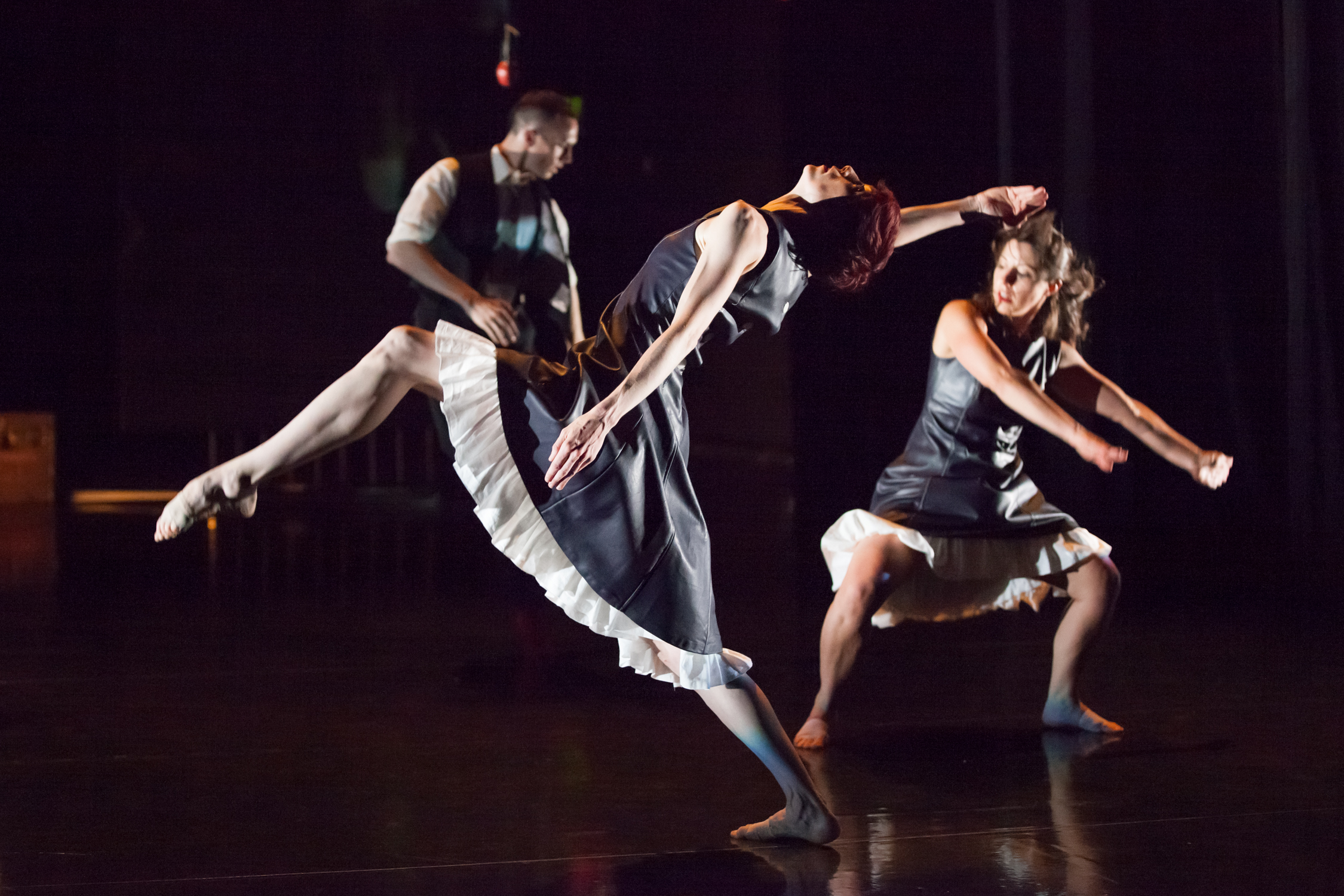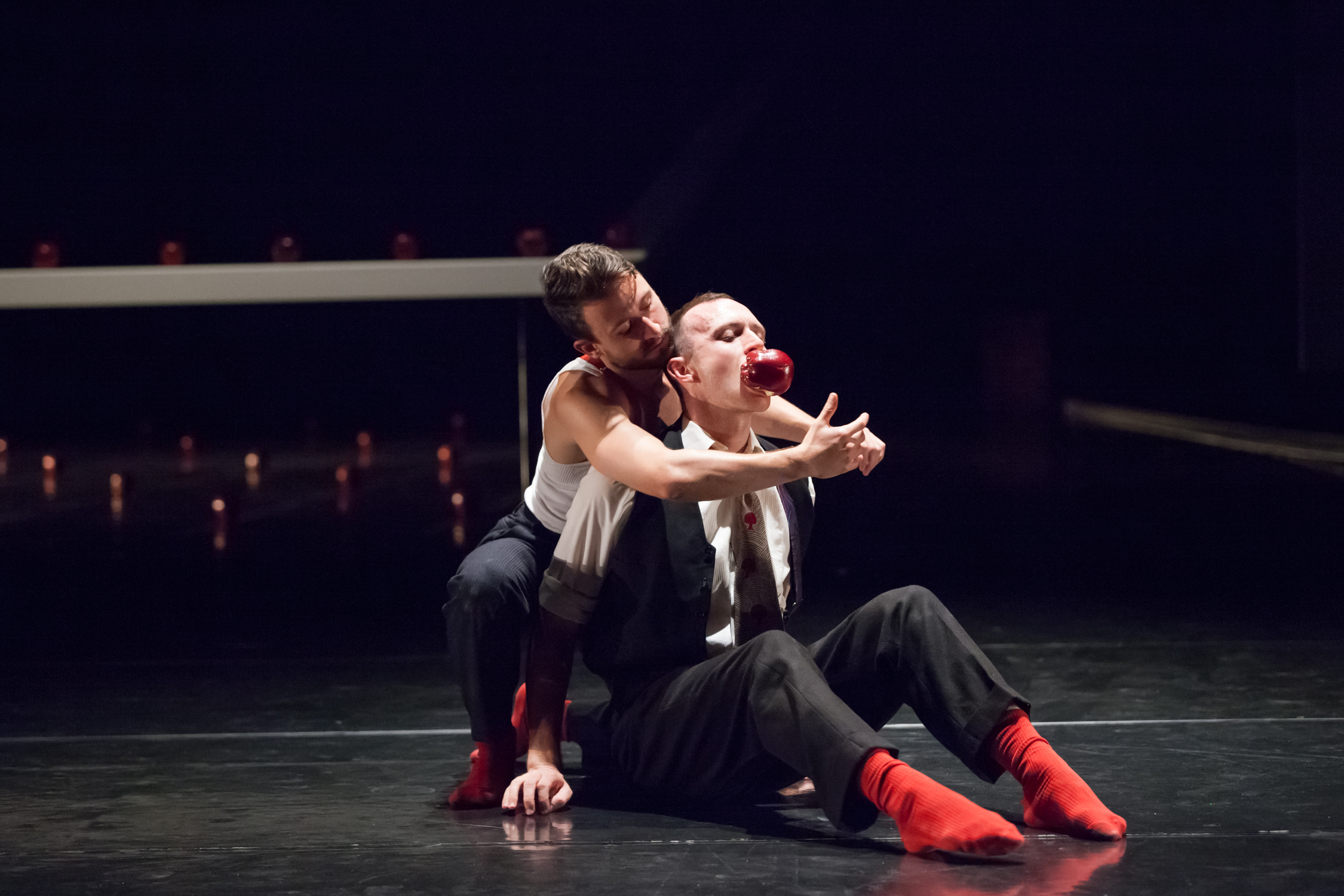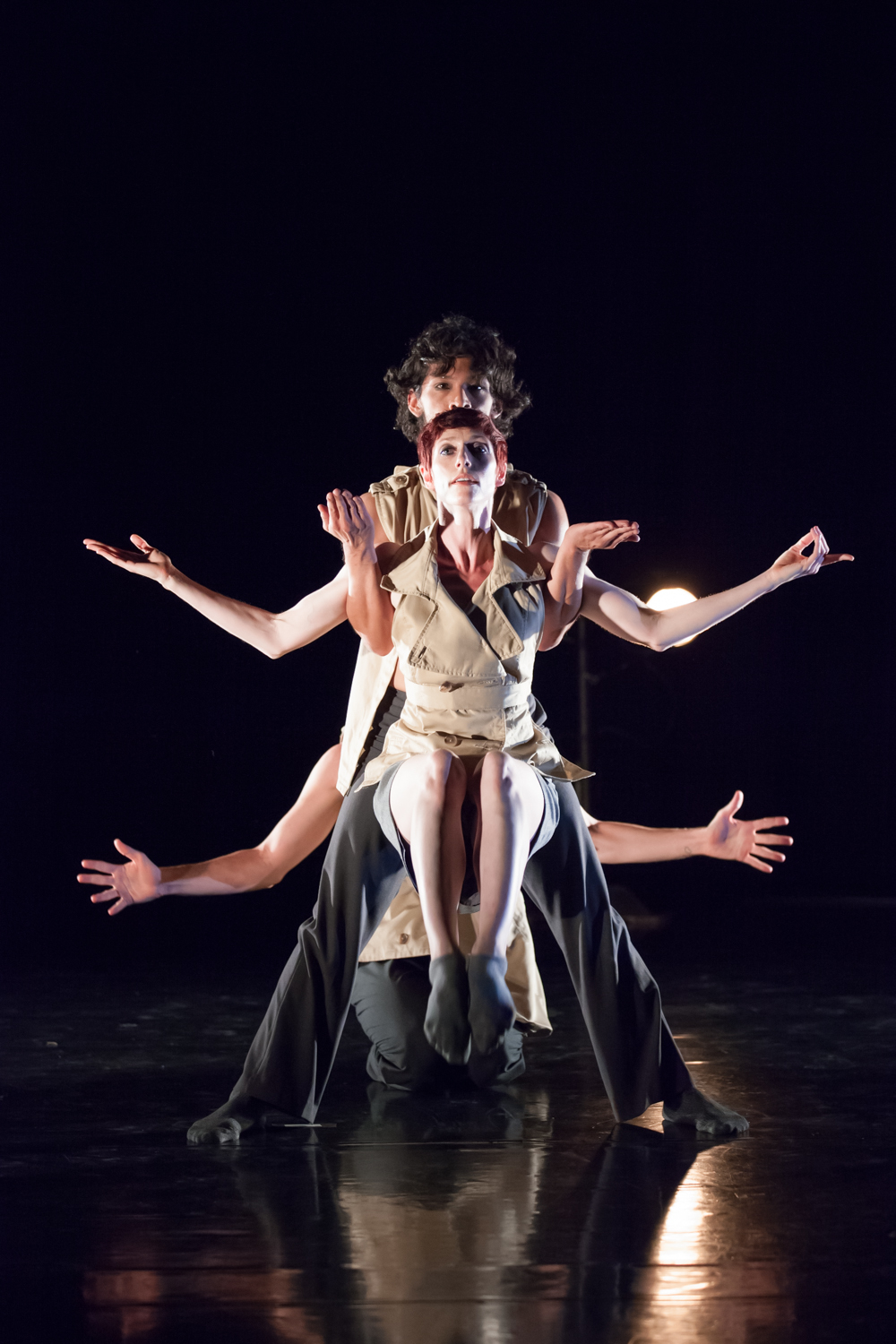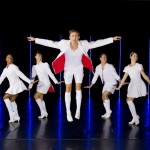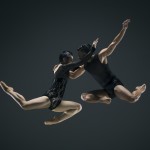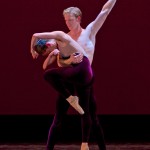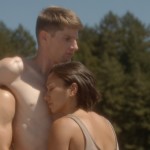Leigh Donlan reports from Z Space in San Francisco:
RAWdance presented two premieres at Z Space in San Francisco this weekend, commemorating their 10th anniversary summer season. Burn In was an intriguing revision of a previous work. And Turing’s Apple, the strongest piece of the evening, was a narrative based on the life of British mathematician Alan Turing. The impact of the entire program was somewhat diluted by the questionable insertion of guest works from Tanya Bello’s Project. B. and Gretchen Garnett & Dancers.
Turing’s Apple was a solid production with a fascinating story. The World War II code breaker was barred from his position with British Intelligence after they discovered his homosexuality and charged him with indecency. He allegedly committed suicide by eating a poisoned apple. Ryan T. Smith, one of the company’s two artistic directors (with Wendy Rein), inhabited Turing’s intense persona as the performance began, looking withdrawn and slightly neurotic in drab clothing, with apple-red socks, while firing off equations onto a chalkboard. The female corps dancers moved separately from him like a mechanical extension of his work – stiffly upright, precise and void of emotion – wearing gray metallic dresses with a peek of white petticoat, designed by Mary Domenico. When Turing’s lover appears (Chad Dawson), a grid of precisely placed apples is illuminated at the corner of the stage. The pace picks up here as the lovers wrestle passionately and explore each other freely in long embraces, while the corps movements soften into floor rolls and curved arms. When the lovers wander off, the chalkboard becomes a screen onto which is projected the climactic scene from the film Snow White, in which the wicked witch casts a spell that turns an innocent apple into a poisonous weapon that will kill the princess. Turing returns to the stage alone, wearing Snow White’s yellow gown, as we see the witch dancing triumphantly on the screen. The dancers lift and carry his body, presumably to his grave. They then destroy the grid, gathering the apples into piles and hurling them at the screen, which now projects a haunting silhouette of Turing’s lover. Co-choreographers Rein and Smith could stand to take more artistic risk, but overall it was an impressive work.
Burn In opened the evening as a study in contrasts, inspired by Rorschach imagery and the stark, half-lit world of film noir. Joel St. Julien’s minimalist score – of cosmic waves, urban rumblings, and tinkerings on a piano – combined with harsh, unfiltered stagelights created a sense of mystery and urgency. Two dancers – Rein and Smith – moved as a couple with strained slow motions. The tension between them grows, though we aren’t sure why. A third dancer – Victor Talledos – provides opposition. He is fully alive and happy, abandoning himself to movement. The couple can only stare at him. Their moves become harder, faster, even violent: they slap themselves and fall into convulsions. Smith lifts Rein in haphazard and unstable fashion, yet she doesn’t seem to care. The piece ends with Smith burying his face between Rein’s thighs as she writhes in pained pleasure, while Talledos runs in the corner. There was a lot of running in place throughout the piece, a choreographic trend that seems overused lately.
Project. B.’s Nawala yielded a soft aesthetic with flowing skirts and Graham-inspired choreography, but the narrative was weak. Nawala means “lost” in Tagalog, and the lead dancer seemed torn between her female companions and her lover. The press kit notes that this piece is about “various stages of grief in the face of death.” The dancers had difficulty conveying narrative, however; the choreography simply needed more substance, and perhaps less twirling. Gretchen Garnett & Dancers’ A Dedication was also choreographically simple, but intentionally so. We don’t know for whom the dedication was meant, but the lead dancer continuously reaches up towards something beyond the single spotlight. The more complex peripheral movement was drowned in the surrounding darkness. When the dancers came together in the light, they posed for long periods of time. Both these pieces felt small in the largeness of Z Space and negligible in contrast to Burn In and Turing’s Apple.

